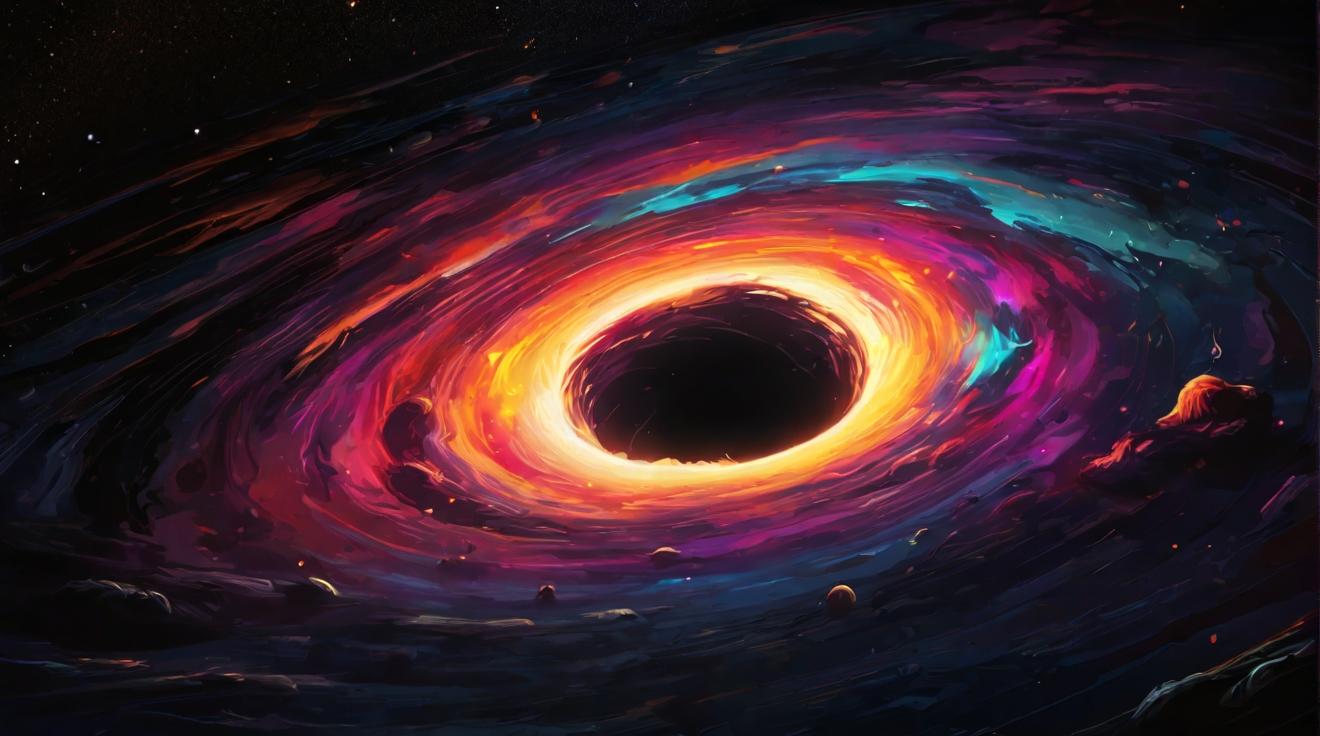**Astronomers Uncover a Stellar **Giant: The Most Massive Black Hole in Our Galaxy
In a groundbreaking discovery, astronomers have identified what is currently known as the most massive stellar mass black hole within our Milky Way, tipping the scales at a staggering 33 times the mass of the sun. Located a mere 2,000 light-years away from Earth, this colossal entity not only shatters previous records but also raises new questions about the formation and distribution of black holes in our galaxy.
"No one was expecting to find a high-mass black hole lurking nearby, undetected so far," confessed Pasquale Panuzzo of the National Centre for Scientific Research (CNRS) at the Observatoire de Paris — PSL, France, marking the find as a once-in-a-lifetime discovery in astronomical research.
Unveiling the Invisible: The Role of Gaia and Very Large Telescope
Leveraging data from Gaia, a pioneering space-based telescope tasked with constructing a detailed 3D map of the Milky Way, researchers stumbled upon this invisible behemoth. Despite its elusive nature, the black hole's presence was inferred through its gravitational interaction with a companion star, an discovery further supported by observations from ground-based observatories, including the powerful Very Large Telescope.
This binary system analysis offered insights into the black hole’s origins, suggesting it formed from a star low in heavy elements, or "metals," in astronomical terms—a characteristic consistent with other massive stellar black holes detected in distant galaxies.
A Galactic Mystery: The Rarity of Intermediate-Mass Black Holes
The discovery intensifies the intrigue surrounding the scarcity of intermediate-mass black holes. Black holes are typically categorized by their mass: stellar mass black holes, equivalent to a few solar masses, and the gargantuan supermassive black holes, millions to billions of times heavier. The newfound black hole's mass challenges existing classifications, bridging the gap between these two extremes and compelling the astronomical community to rethink the evolutionary pathways of such cosmic monsters.
Implications and Future Directions
Eager to expedite further research, the team opted for an early data release, ahead of Gaia's scheduled 2025 data publication. This decision opens the door for other research groups to delve into the mysteries of this nearby colossus, potentially unveiling whether it is actively feeding on matter from its surroundings.
Scheduled for publication in the esteemed journal Astronomy & Astrophysics, this study not only charts a new course for future black hole research but also reinforces the Milky Way’s reputation as a galaxy of untold wonders, waiting to be explored. The insights gleaned from this investigation could ultimately shed light on the lifecycle of stars, the formation of black holes, and the complex dynamics governing our galactic neighborhood.
Analyst comment
Positive news: This news is positive as it announces a groundbreaking discovery of the most massive stellar mass black hole in our galaxy.
Market analysis: This discovery is expected to generate significant interest among astronomers and researchers, leading to increased funding and resources for further black hole research. It may also stimulate advancements in technology and observational techniques to explore and understand the formation and distribution of black holes. Overall, this discovery is likely to drive growth and innovation in the field of astrophysics.













